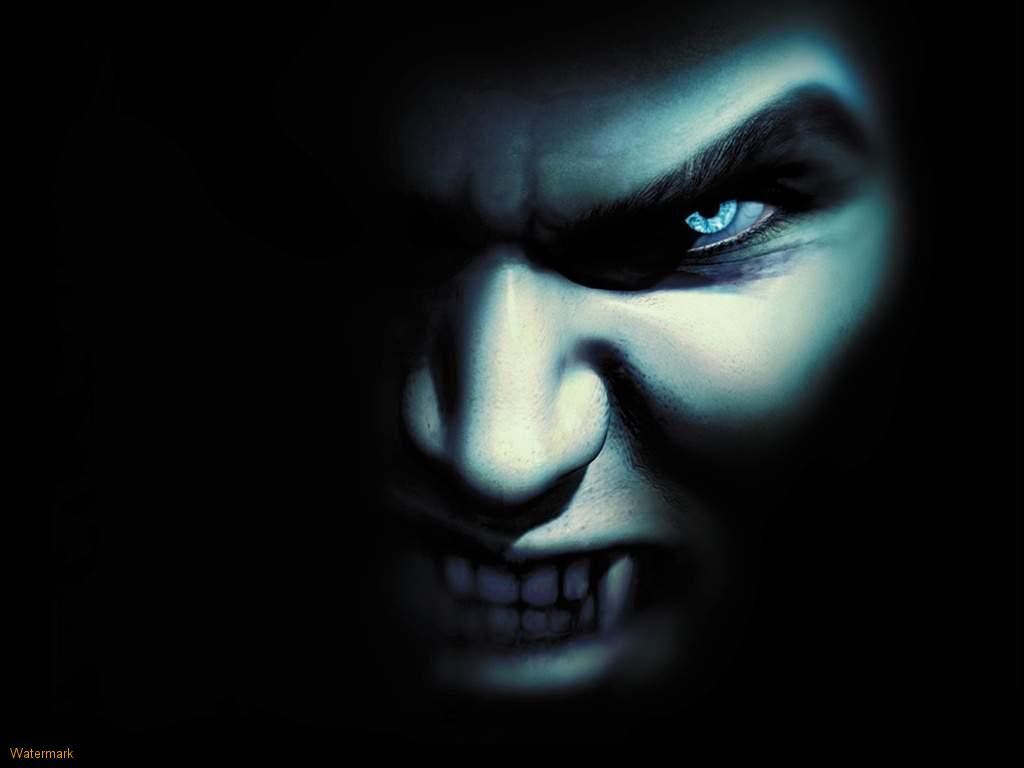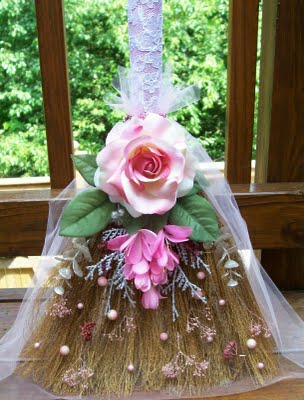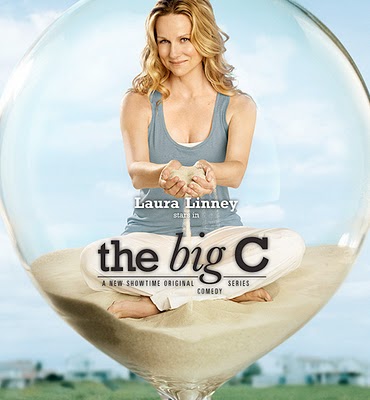When it comes to GLBT representation in the media, unless a television show is targeted specifically at the community, erasure continues to be the norm. Urban fantasy has moved from a small die hard audience to the mainstream and though we can regularly see shows about vampires, werewolves, fae, and ghosts, there are few GLBT characters and a dearth of decent representation.
HBO’s True Blood and Showcase’s Lost Girl have the most visible GLBT characters on television in North America, in terms of the urban fantasy genre. Though both shows have GLBT characters who have extremely high profiles and a reputation of being extremely GLBT friendly, there are certainly many problematic elements.
True Blood is based on The Southern Vampire Series written by Charlaine Harris. In the novels, Lafayette is killed off quite early and is shamed for participating in a sex party. Thankfully, the character of Lafayette in True Blood has become a staple of the show. Despite being a fan favourite, Lafayette is a character that inarguably fulfills a lot of stereotypes that are aimed at same gender loving men of colour. Lafayette is a cook but he moonlights as a sex worker and a drug dealer. Though he is routinely given some of the best lines to say, he too often falls into the sassy best friend role.
 |
| Nelsan Ellis as Lafayette and Kevin Alejandro as Jesus in True Blood |
In season three, we learned that Lafayette only started dealing V and doing sex work to pay for the hospitalisation of his mentally ill mother and though the reason is understandable, no other character on True Blood has been forced into this position though they are all working class.
If Lafayette is dogged by several stereotypes, Talbot revels in them. The lover of Russell Edgington (who is an awesome villain but also personifies the depraved, psychopathic homosexual trope), Talbot is a 700-year-old vampire who squeals at the sight of violence. He throws epic temper tantrums over the interior decorating. Someone stamp a rainbow on him and call his unicorn, he’s done. But to quickly fill his shoes we have Steve Newlin – get yourself another trope bingo card because he’s a) a gay man trying to force his attentions on a straight man b) a closeted homophobe, c) a closeted, bigoted preacher and d) getting campier by the episode – have you hit bingo yet? Bet you will by the end of the season, this was just 2 episodes!
The women aren’t free from stereotyping either; Tara finds her love for women and with it an interest in kick boxing – did she get some free dungerees and power tools with that?
I do have to say that not all the portrayals are stereotyped – Eddie subverts many (albeit he exists to serve and help Jason grow) and Jesus more – we don’t see enough about Pam and Nan to see what they fit. But except for Pam, they all fit one trope – GAY DEATH. Yes, there’s a drastic amount of “gay death” on this show. It’s a sad trope that GBLT people rarely live long on the television screen and their sexualty is often the cause of their deaths – and with Talbot (who actually died during gay sex! And to hurt his gay lover), Jesus (at the hands of his gay lover!), Eddie (found by his killers because he hired a gay prostitute), Sophie Ann and Nan were racking up the body count.
But, perhaps the most glaring flaw in True Blood is how the GBLT romances compare with the straight counterparts. True Blood is not a show that is shy about nudity or sex scenes – it is pretty unusual for episodes to go by without at least someone humping someone wearing very little. Eric, Sookie, Jason, Bill, Sam – we have seen them naked and going at it hammer and tongs. But Lafayette and Jesus? The contrast is blatant – even most of their kisses are in low light conditions. They go to bed wearing multiple layers of clothing (in Louisiana, no less) and their scenes together commonly have them sitting pretty far apart and lacking any real physical (or even emotional) intimacy. The emotional distance is very telling in what should be some of the most poignant scenes between them – when Jesus is grieving over his dead friend, when he is risking his life going into Marne’s shop, when Jesus emerges from that shop injured (Lafayette actually ran to hug Tara while Jesus bleeds); you’d expect some emotional angst here. But throughout season 4, you could have mistaken them for roommates, not lovers. This sanitisation is sadly prevalent with gay and bi male couples in television in general – their sex lives are considered more obscene than their straight counterparts, in need of censorship and “toning down.” True Blood’s straight explicitness makes this extremely blatant – with Lafayette and Jesus and even with Sam and Bill’s “Water in Arkansas” dream sequence (that cuts out just before a kiss). The closest we get to any explicit scenes is with Eric and Talbot – again with low light kissing, no nudity and, of course, saved for straight audiences by including the dreaded gay death.
We contrast that with the lesbian relationships and, if anything, we see a different story. But is this putting them on the same explicit level as the straight relationships or is it an attempt to pander to the straight male gaze? If anything, the scenes between women are more sexualised than between straight couples – not because they’re more explicit, but because they are less personal. Nan Flannigan and Pam both have sex (oral sex that doesn’t smudge their perfect make up, no less) with nameless, characterless women. The only actual relationship we have seen between two women is Tara and Naomi – and again, we saw them make out and have sex almost before we knew Naomi’s name. She appeared in exactly five episodes – and not for much of them at that – and in that time they were either having sex or fighting over Tara’s deception. She has now disappeared. Tara and Naomi’s relationship seemed to exist more to show sex and provide Tara with conflict than to be an actual relationship. All of these sex scenes feel even more gratuitous than the majority of the straight sex scenes because they add precious little to plot, story, development or any relationship – they’re there for the sake of the sex.
 |
| Rutina Wesley as Tara Thornton in True Blood |
I love that True Blood goes out of its way to include so many GBLT characters – yet at the same time they make me cringe. Inclusion of many characters is great – but we shouldn’t be able to go through TV Tropes, ticking off the stereotypes, the tropes and the unfortunate prejudiced portrayals.
In Lost Girl, we move from having a GLBT character as a sidekick to the protagonist. Bo is a succubus – a being which takes life force from others through sexual contact. At first she is only interested in taking energy from evil doers because she has absolutely no control over her abilities. When she discovers that she is actually a member of the fae, and not some sinful freak, Bo begins a relationship with Dyson – a male werewolf. Vying for her attention is also the beautiful human doctor Lauren.
Essentially what develops is a love triangle and, as to be expected, it is far from simple. Bo has good chemistry with both Dyson and Lauren and in the end engages in sex with them separately. The problem then becomes a question of who does Bo really belong with. It is clear from the outset that though she cares very deeply for Lauren, her real love is Dyson. Dyson even goes as far as sacrificing the most important thing in his life – his love for her at the end of season one, in order to save Bo’s life. When they do have a break in their relationship, it is because he is temporarily unable to feel passion for her. It is during this period that Bo explores further possibilities with Lauren, which rather makes Lauren look like second choice.
Lauren is heavily attracted to Bo, but she is searching for a cure for her comatose girlfriend Nadia, who has been in stasis for five years. The first time that Lauren and Bo have sex, it is because Lauren has been ordered to do so by The Ash – the leader of the light fae. This amounts to sex through deception. Unfortunately, this isn’t the last time that sex between women happens at the behest of a man, which reads like cheap titillation. In a break from both Lauren and Dyson, Bo briefly dates the dark fae Ryan and he initiates a threesome, but what the camera focuses on is Bo’s interaction with the woman he procured. Clearly this was a sexual performance meant to please the straight male gaze.
 |
| The cast of Lost Girl |
One of the most frustrating aspects of same sex love on Lost Girl is its treatment of the relationship between Nadia and Bo. After spending five years looking for cure for Nadia, Lauren is finally successful. However, after Nadia is infected by The Garuda, a few short episodes later, Lauren quickly assents to her desire to die. How are we to believe that Lauren held this faithful love for all of these years and then so quickly agreed that her partner should die? Nadia and Lauren’s feelings for her were determined disposable for the sake of furthering a love story which has clearly already been decided.
Even when Bo learns to control her desire to drain life energy during sex, there are still only two instances of sex between her and Lauren, which pales to the numerous times that Bo engaged in sex with Dyson. Lauren is the fragile human that Bo can potentially hurt, whereas Dyson literally represents everything that is good in terms of protection, strength and healing.
And this is perhaps the cornerstone of GBLT depictions in media in general – and certainly in these shows specifically – GBLT relationships are nearly always depicted as secondary to relationships of straight people. They can be there, but they have to take a back seat to the “real” relationships and depictions. Too often this backseat results in characters that are fraught with tropes and are frequently laden with stereotype after stereotype.
We’re happy, after so much erasure, that we’re actually seeing GBLT inclusion – and these programmes certainly do a lot right – but there’s still a lot dogging these characters.
———-
Paul and Renee blog and review at Fangs for the Fantasy. We’re great lovers of the genre and consume it in all its forms – but as marginalised people we also analyse critically through a social justice lens.








